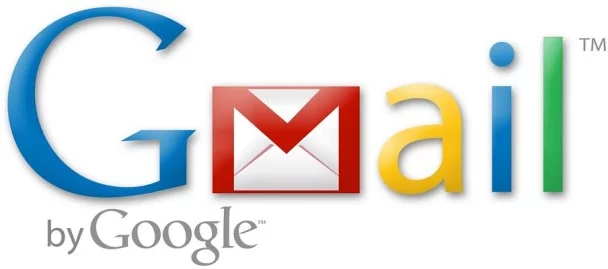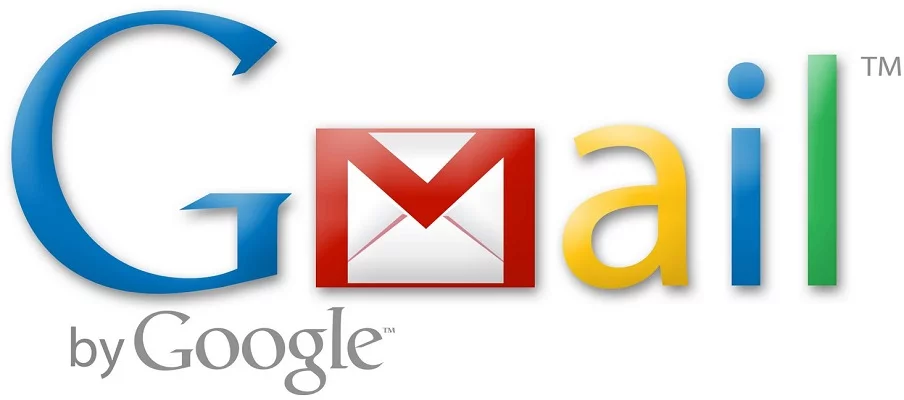Happy Birthday, Gmail!

Here’s something that’s not an April Fool’s Day joke: today is the tenth anniversary of Gmail, Google’s (in)famous email service that forever changed how the world dealt with email. And while it has since come out of beta, opened new registrations to everyone, added tons of new features, and is among the most popular free email services ever, its core mission hasn’t really changed: it still serves ads the same way (and thus generates revenue), and it provides enough storage for free that no should ever really have to delete anything.
When Gmail first launched on April 1, 2004, it offered a mind-boggling 1GB of storage space for free – much more than its main competitors, Hotmail and Yahoo Mail. While many considered this an obscene amount of online storage, and most early adopters probably never expected that they would need any more, Gmail also implemented another novel idea: Gmail storage would be constantly increasing. A year after it was released, Google announced that the new Gmail storage limit would be increased to 2GB … and counting. (Anyone remember that counter that was constantly increasing for years?) This competition caused other free email services to increase their storage quotas, too, which allowed everyone to benefit – even the non-Gmail users. Today, Google offers all Gmail users a minimum of 15GB, shared across Google services, although it’s also cut its pricing drastically on paid storage plans, with 1TB costing only $9.99/month.
Back in 2004, more than a few eyebrows were raised when it became apparent that Google’s machines were automatically scanning the content of email messages, looking for keywords that could be used to deliver targeted advertising. However, once most people were able to get over the creepy factor, a Gmail address became a very desirable thing to have – after all, no human eyes were looking at email messages, the advertising wasn’t intrusive, and Gmail’s other features were so awesome that this was truly a small price to pay. Indeed, Gmail still employs this same technique to deliver targeted advertising to Gmail users today, although Google is experimenting with other forms of advertising, as well (anyone who has enabled the “Promotions” tab in his or her inbox knows what I’m talking about).
Of course, Microsoft is feeling the heat from Google, which is why it tries to scare consumers away by pointing out the fact that Google scans emails. Most people are smarter than that, though, which is why Microsoft’s “Scroogled” campaign hasn’t really gone anywhere – especially since it became apparent that Microsoft isn’t so innocent, either.
It’s easy to forget that Google’s first venture was really search, and of all the email providers I’ve used, Gmail’s search is by far the best. In a sense, Gmail was also the first web app that was truly capable of replacing traditional desktop email software. Indeed, I use Gmail to manage nine different email addresses in a single, unified inbox – and it works on any computer, tablet, or mobile phone I pick up seamlessly. Take that, Microsoft Outlook.
What is your favorite Gmail feature? How long have you been using Gmail? Were you lucky enough to get a beta invite legitimately, or were you unscrupulous enough to obtain one through other means? Let’s reminisce about Gmail together – leave a comment about your Gmail experiences below! And just for fun, here’s a New York Times article from 2004 about this spectacular new thing.


